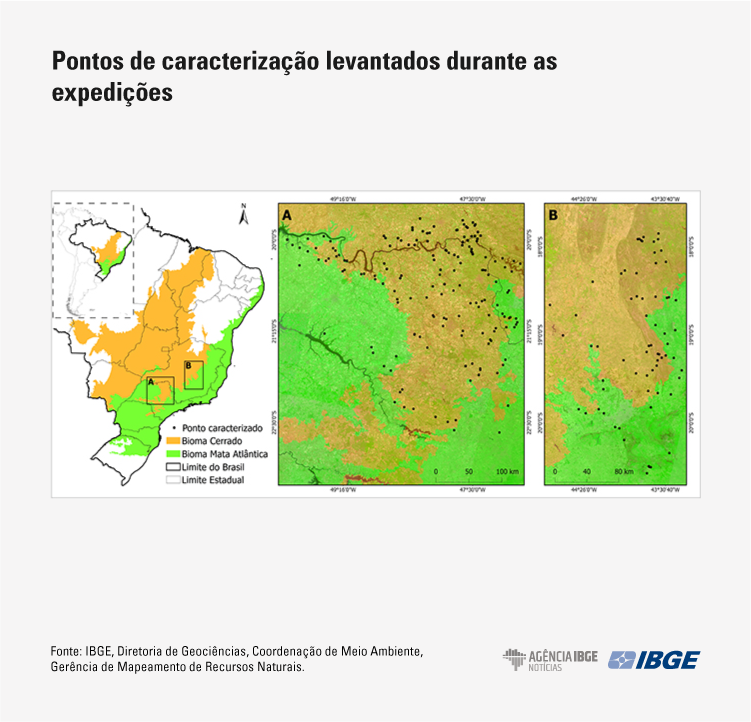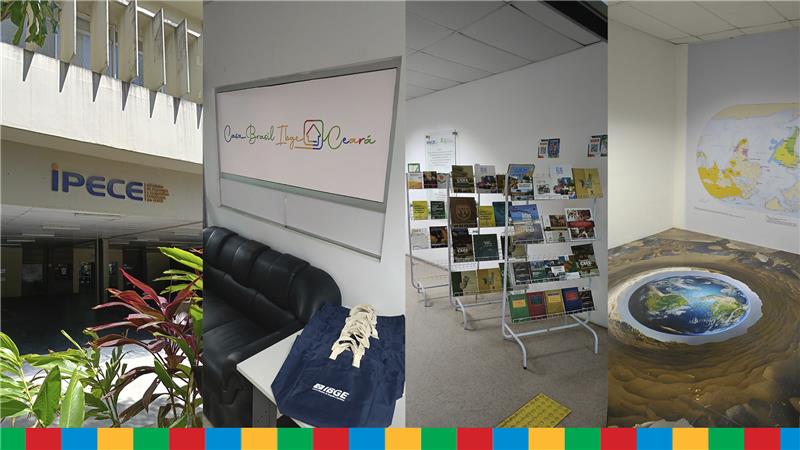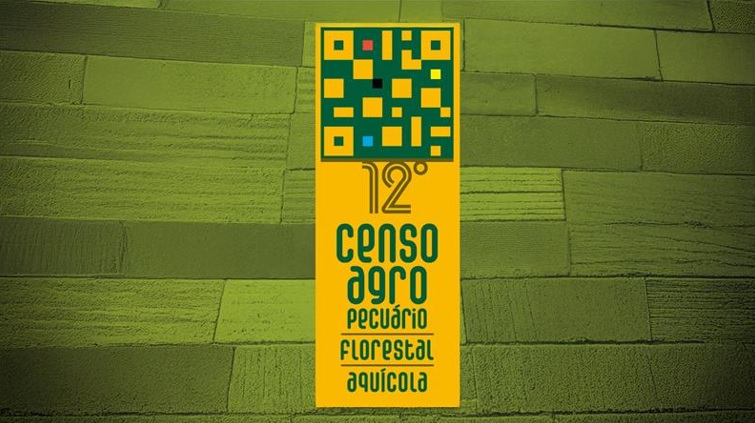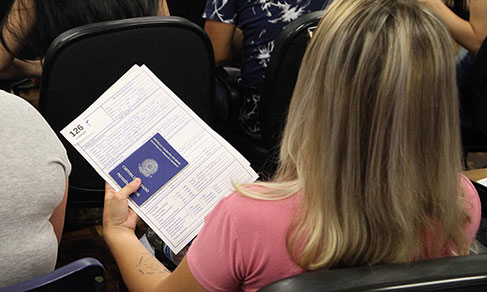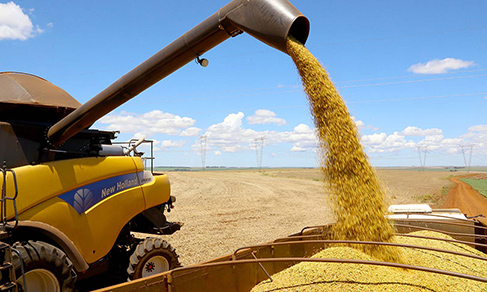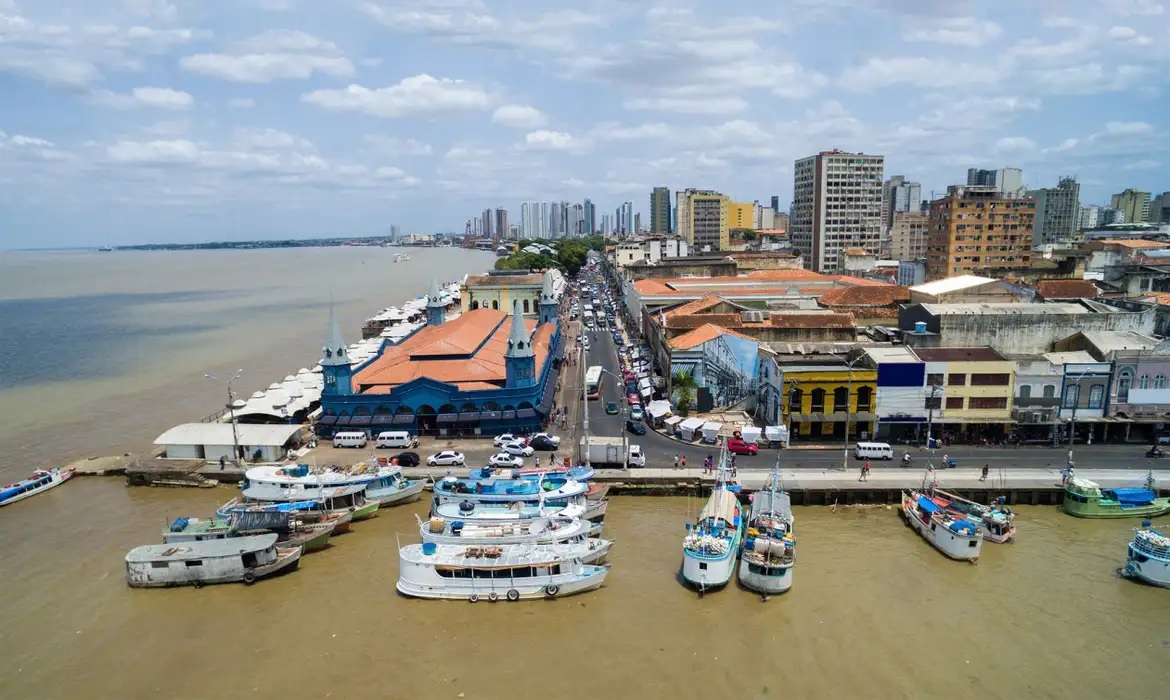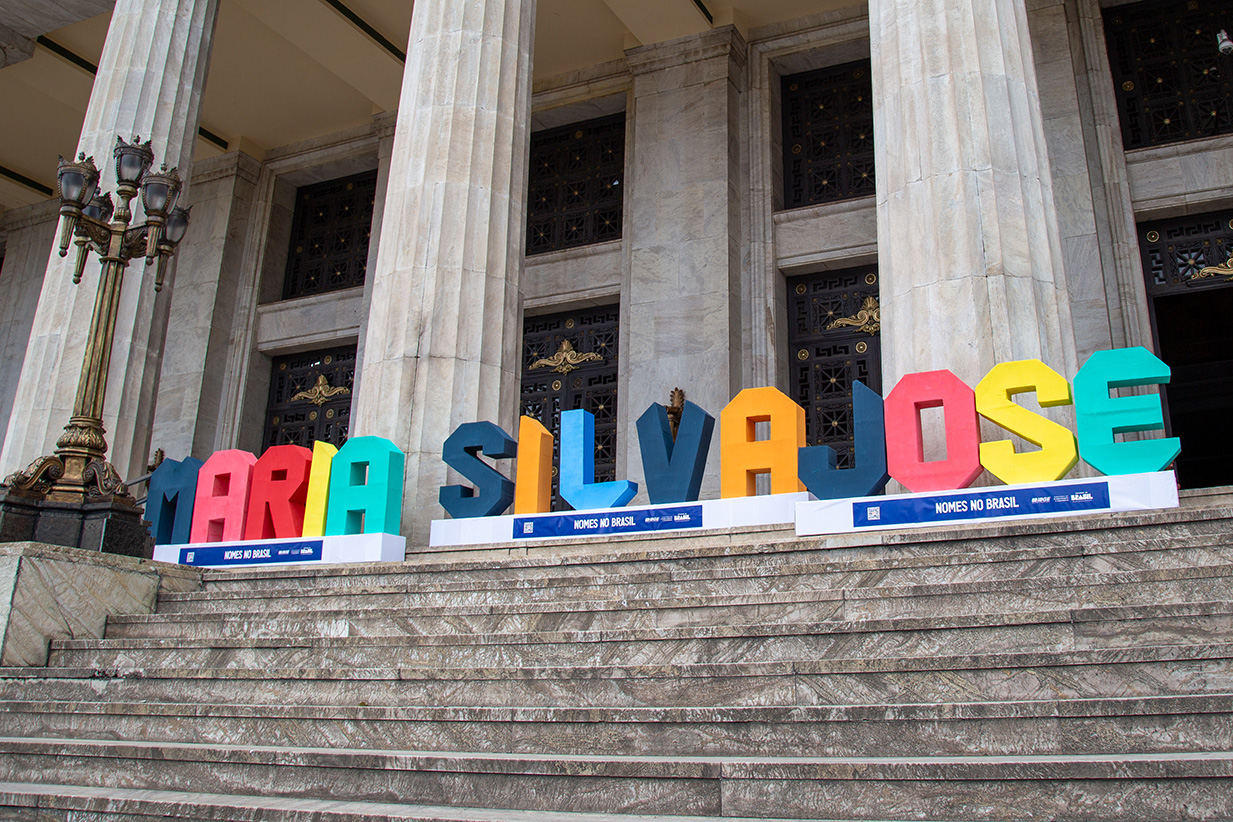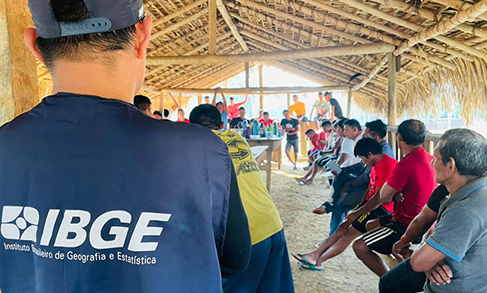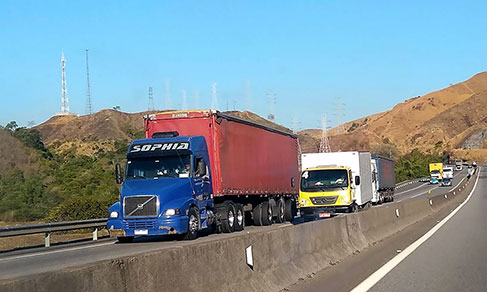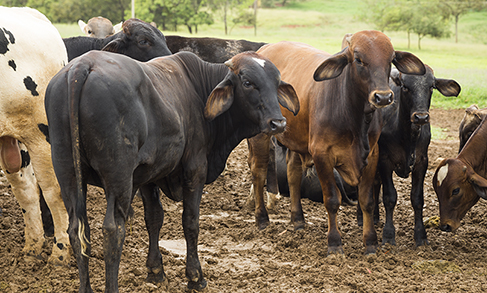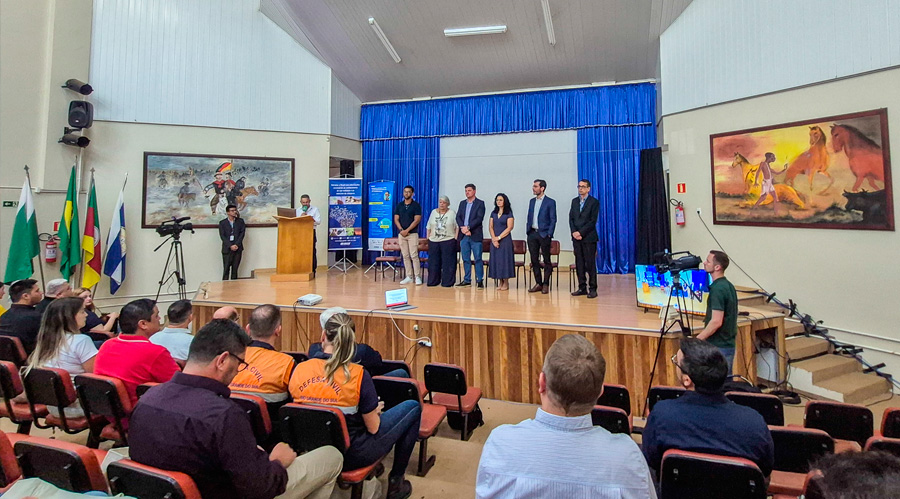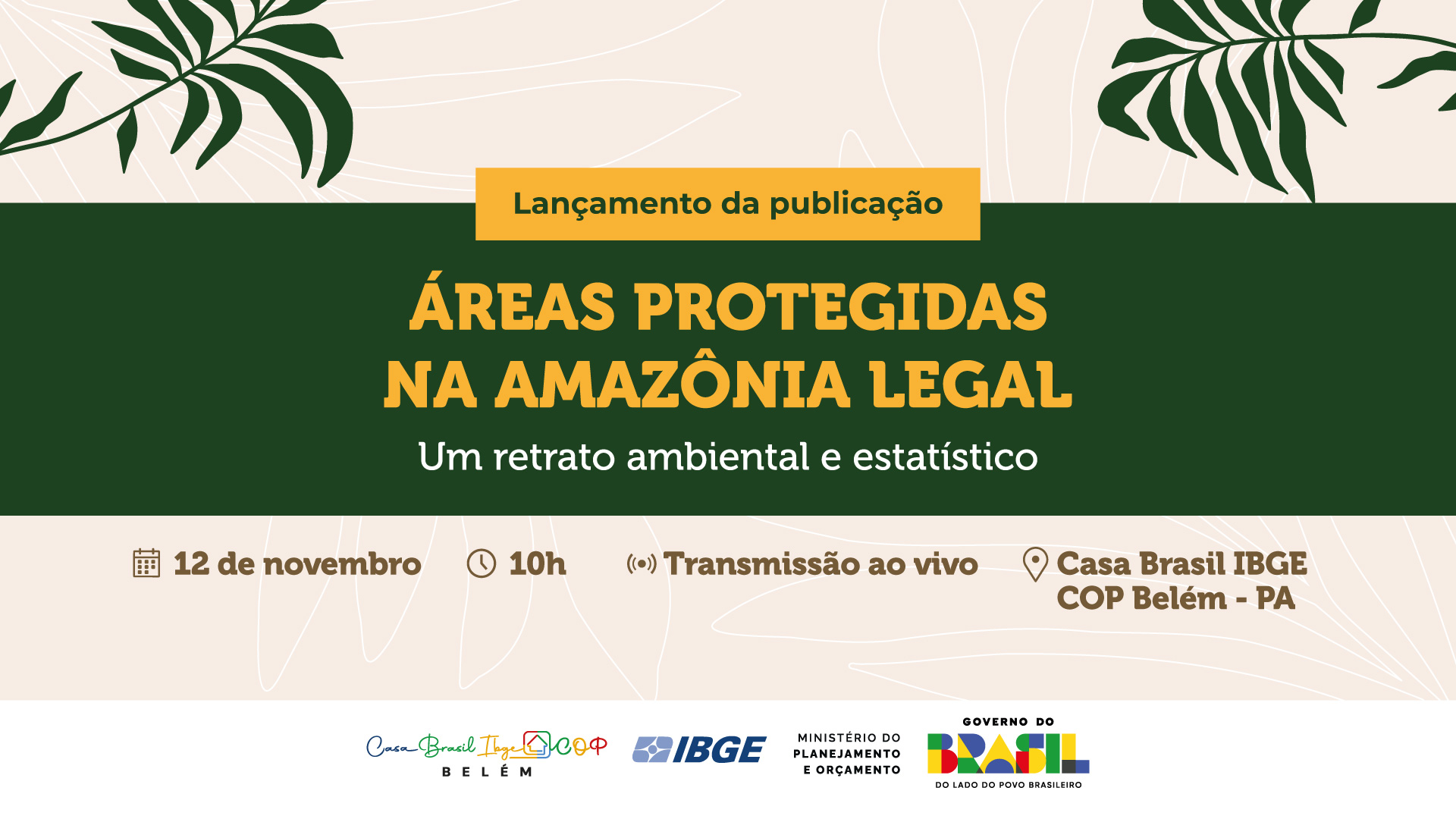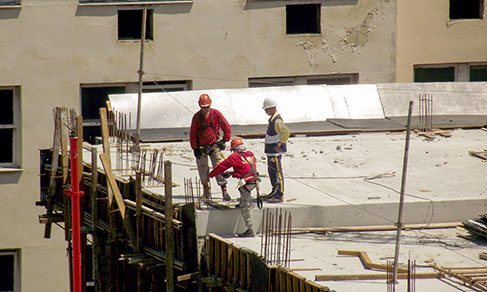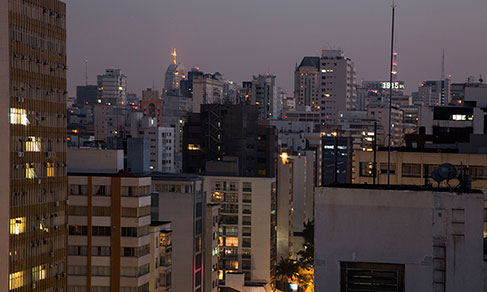Biomes
In an IBGE revision, Mata Atlântica loses 1.0% of area; Cerrado gains 1.8%
November 18, 2025 10h00 AM | Last Updated: November 18, 2025 03h34 PM
Highlights
- The Cerrado area increased by 1.8% and the Mata Atlântica suffered a reduction of 1.0%, in a change in the biome limits published by the IBGE.
- The biome revision areas covered the states of Minas Gerais and São Paulo.
- The change in the limit occurred in the contact areas between the two biomes, based on the evaluation of technical criteria, integrating climate, geology, geomorphology, pedology, and vegetation.
- The Mata Atlântica Biome was expanded near Belo Horizonte, in Minas Gerais. The Cerrado was expanded, mainly in the center-north of São Paulo.
- The biome review included multidisciplinary analysis by experts and five field expeditions.
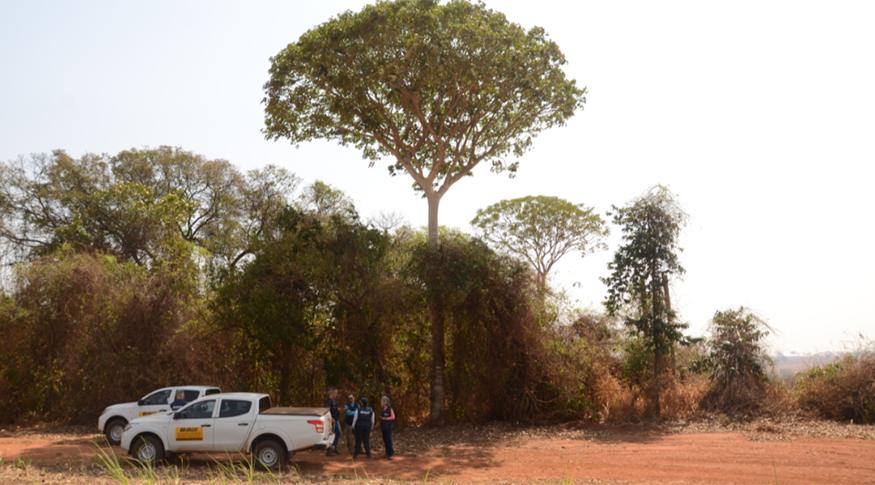 IBGE carried out expeditions to review areas of the Mata Atlântica and Cerrado biomes - Picture: André Pelech/IBGE
IBGE carried out expeditions to review areas of the Mata Atlântica and Cerrado biomes - Picture: André Pelech/IBGE
The Brazilian Institute of Geography and Statistics (IBGE) publishes today (18) a review of the limits of the Cerrado and Mata Atlântica biomes between the states of Minas Gerais and São Paulo. There was an increase of 1.8% in the Cerrado and a reduction of 1.0% in the Mata Atlântica. The area with changed limits represented approximately 19,869 km² of the Brazilian territory, with 816 km² in Minas Gerais and 19,053 km² in São Paulo. Other biomes were not evaluated this time.
The change in the limit took place in the areas of contact between the two biomes, based on the evaluation of technical criteria, and not due to a reduction or expansion of the area as result of possible deforestation or reforestation. “The great difference of this product is that it already has a fully integrated proposal of the four themes that we work on at the IBGE, which are geology, geomorphology, pedology and vegetation, in addition to the fact that we are also based on climatic data, and use advanced techniques, such as digital elevation models, for example,” explains Luciana Mara Temponi de Oliveira, head of the sector of Biotic Environment.
In 2019, the IBGE launched a publication called "Biomes and Marine Coastal System of Brazil" compatible with the scale of 1 to 250,000, which is 20 times larger than the previous scale of 1 to 5,000,000. From this, work began on a review of biome areas, the result of an integrated analysis by experts on various topics, in addition to five field expeditions in areas specifically demanded and questioned by civil society organizations and government institutions in the environmental sphere.
“These revisions are a commitment for the IBGE. At the 2019 launch, we made it open to the community that contributions were welcome and we started to receive some,” explained Oliveira.

In the context of the state of Minas Gerais, the Mata Atlântica Biome area was expanded in the vicinity of Belo Horizonte, now encompassing the entire municipality and areas north of the capital of Minas Gerais. On the other hand, the Cerrado has been expanded, mainly in the center-north of São Paulo, a state that has had a protection law for this biome since 2009.
The initial focus areas of the revision covered the regions of Northeast São Paulo, part of the Triângulo Mineiro and the Serra do Espinhaço region. The expeditions covered municipalities such as Sacramento (MG), Uberaba (MG), Fronteira (MG), Planura (MG), São Sebastião do Paraíso (MG), Franca (SP), Barretos (SP), São José do Rio Preto (SP), Ribeirão Preto (SP), Piracicaba (SP), Mococa (SP), Votuporanga (SP), Diamantina (MG), Conceição do Mato Dentro (MG), Belo Horizonte (MG), Florestal (MG), Juatuba (MG), among others. Most of the changes occurred in areas of vegetation contact between Seasonal Forests and Savannas.
According to the IBGE, the revision should be recurring. “We have the idea that the Biomes and Marine Coastal System products will be reviewed every 5 years,” explained André Pelech, manager of Natural Resources Mapping.

Expedition 1 covered part of the states of São Paulo and Minas Gerais, in the regions of Northeast Paulista and Triângulo Mineiro. The area of doubt corresponded to the contact vegetation between the Forest and the Savanna, within the Mata Atlântica Biome. Between Sacramento (MG) and Planura (MG), the savanna environment prevailed (Cerrado). The predominance of savannas occurred in virtually the entire area north of the Rio Grande, which divides Minas Gerais and São Paulo, with the forest domain being restricted to areas with rugged terrain, where greater humidity and more fertile soils were observed.
Expedition 2 partially covered São Paulo (around Ribeirão Preto) and Minas Gerais (around São Sebastião do Paraíso). Vegetation contacts were covered, between savanna and forest formations, inserted in the Mata Atlântica Biome. Climatic environmental conditions showed that dry periods favored the expansion of the Cerrado, and wet periods, of the Mata Atlântica. The combined analysis of the rocks, soil, relief and vegetation – which refer to the previous climate that was drier than the current one – supported the new delimitation with the extension of the Cerrado in the Northeast São Paulo.
Expedition 3 covered the center-east of Minas Gerais, in the Serra do Espinhaço region and surrounding areas. The vegetation contact area, located from the southern limit of Serra do Espinhaço, was reinterpreted in the survey as belonging to the Mata Atlântica Biome, due to the forest domain. The area includes portions of the Minas Gerais municipalities of
Expedition 4 traveled through the Northwest region of São Paulo. Observations of the points visited demonstrated the complexity regarding the dominance of one or another type of vegetation. In general, the area has a dominance of tree size, even in savanna areas. The predominant physiognomy found was the Forested Savanna. It was possible to verify the western limit of this Cerrado corridor, already in the Paraná River Highland region. In general terms, where there is a predominance of dissected relief, there was a forest domain, and in the areas of residual highlands, the savanna domains.
Expedition 5 covered the center-east of Minas Gerais, in areas of the Iron Quadrangle, Serra do Espinhaço and the São Francisco Depression. In general, it was found that forests occupy the most dissected and least elevated areas, while Vegetation Refuges are concentrated at the highest altitudes of the landscape. In the Serra do Espinhaço region, the Vegetation Refuges domain was incorporated into the Cerrado Biome. Around the Metropolitan Area of Belo Horizonte, many abiotic factors helped to delimit the biomes. The Mata Atlântica extended to the northwest of Belo Horizonte, guided by forest dominance and humidity on the Belo Horizonte Relief Levels. The Serra de Santa Helena, which is under the control of the Semi-Deciduous Seasonal Forest, for continuity, also becomes part of this new limit.
